Unsure of how to educate your kids on what being a refugee means? Take a look at these seven picks for a range of ages. From sewing stories into a pa’ndau with Mai to learning patience from arepas with Ana, each book weaves a new tale into the large fabric of refugee experience.

The Little Refugee: Makes Arepas
- By J.D. Clark
- Illustrated by
- Published in
- For ages 3-6
When Ana had to leave Venezuela, she left behind her friends, school, and home. Life in America is hard, as Ana’s family sleeps all together in one room, and learning English is difficult. Through eating arepas — corn cakes filled with delicious toppings — Ana learns how other good things also take time, just like cooking the food she loves.
What we love: Refugees come from all around the world, so we love that the main character is from Venezuela. The book’s message is also very heartwarming.
Clark occasionally slips in Spanish, which plays into his beautiful metaphor of how waiting for the arepas to cook is similar to waiting for good things to come. Ana’s mother says “Hay que esperar!” to Ana, which means both that she needs to wait and that she needs to hope. This is a powerful message for young readers!
Things to know: The story is aimed at younger kids, so it does not go in depth on refugee-specific issues.
J.D. Clark noted in his dedication that he wrote this book because he “met the Sanchez family. They escaped very difficult circumstances in Venezuela.” After meeting more refugee families, he was inspired to write the book.

Where Will I Live?
- By Rosemary McCarney
- Photographs from the United Nations High Commission for Refugees photo library
- Published in 2017
- For ages 4-7
Where Will I Live? is a look at the refugee child experience. Featuring real photos of children with refugee status, this book explains the basic reasons why people might become refugees and the struggles they face in finding shelter. The language used makes these difficult topics graspable for your own little ones and encourages readers to get involved with the story. The text asks as many questions as it answers, and it combines with the images to help kids exercise their empathy.
What we love: The photographs bring the faces of refugees right to the reader. What makes this even more compelling is that all the images are of children. While this may seem like a more intense introduction because of the use of real images, it can offer the opportunity to talk about this topic. There is minimal text, making this easier for young children, and none of the pictures depict physical violence or injured kids, just candid photos of refugee children.
Things to know: Most of these refugees pictured are from areas in the Mediterranean, Middle East and Africa. One image is from Southeast Asia. Refugees come from all different countries, and the book misses an opportunity give more information about what the context the images were taken in and how to help refugees. It also gives no background to help readers understand why the author decided to write the story.
The Lotus Seed
- By Sherry Garland
- Illustrations by Tatsuro Kiuchi
- Published in 1993
- For ages 5-9
The day a young woman saw the emperor cry, she picked a lotus seed as a keepsake. The seed traveled with her as she got married, built a family, and fled from bombs. The seed stayed with her as she crossed the ocean and grew old, until one day the seed is gone! Her small piece of her home is gone. What will she do?
What we love: The simplicity of the drawings and text coupled with the rich and complex history of Vietnam’s colonization outlined on the last page give a beautiful, bittersweet, and deep story of displacement. Another thing we loved was that the author, Sherry Garland, dedicated the book to Dinh, “who longs to see the lotus blooms of Vietnam once again.” It seems Dinh translated the poem on the back cover of the book, and we love that the book itself gives space to the voice of someone whose physical space was previously taken away
Things to know: While the story is lovely and ultimately very hopeful at the end, the last page is crucial to understanding the historical context of colonization and oppression in Vietnam. It’s not necessarily for children on the first read, but it’s something important to understand and lends much depth to the story.
Another book dealing with a similar topic is The Little Refugee, by Anh Do and Suzanne Do. While this book has many good points, we ultimately decided not to include it in our list. Most of the book feels like it was written from an ‘outsider’s’ perspective, framing Vietnam as a ‘crazy place’, with ‘strange food’ and glorifying Australia to a certain extent, although ache of wanting acceptance, working hard to fit in, and hoping to make your parents proud are all present in the story.

Four Feet, Two Sandals
- By Karen Lynn Williams and Khadra Mohammed
- Illustrations by Doug Chayka
- Published in 2007
- For ages 7-10
Lina rushes to search through the used clothing that relief workers bring to her camp. She comes up with one beautiful yellow sandal, but where’s the other?
What we love: Lina and Feroza’s friendship shows how generosity and care make new friends. We see how something that starts as potentially divisive can ultimately bring us together.
Things to know: Neither of the writers are refugees themselves, but Khadra Mohammed works directly with Afghani refugees in Pakistan!

The Whispering Cloth: A Refugee’s Story
- By Pegi Shea
- Illustrations by Anita Riggio
- Stitched by You Yang
- Published in
- For ages 6-10
As Mai learns how to sew in the borders of the pa’ndau from her Hmong grandmother, she watches the widows sew stories into the textile art. She wants to sew those too, but what is her story?
What we love: Not only is this a book about refugees from Asia, it’s a book about the Hmong people, whose experiences are not well known. It is a wonderful celebration of Hmong craft as well, and explores the idea of working through loss and grief using art.
Things to know: When Mai stitches her story, she includes descriptions of violence she has experienced. The images are not very detailed, but the words might be jarring for some readers.
Another book that focuses on the Hmong refugee experience is Dia’s Story Cloth by Dia Cha. The book is based on the author’s own story and is accompanied with beautiful art in the Hmong sewing style.

Azzi in Between
- Written and Illustrated by Sarah Garland
- Published in 2012
- For ages 7-11
Azzi knows that a war is happening, but it won’t ever reach her, right? When her parents have to pack and run, they are forced into leaving her grandmother behind. How will this new land ever be home if her grandmother isn’t there?
What we love: This story grabs you from the first page, and we quickly felt close to Azzi, sharing her fears, hopes, and dreams. Candid and tender, Azzi is an intimate look at one child’s experience of leaving her home.
Things to know: Azzi in Between gives an in-depth look at Azzi’s life before the war, her journey, and her acclimation process after arrival in a new land. If you are looking for a book for younger readers, The Color of Home, by Mary Hoffman, is similarly themed — both stories cover the acclimation process of a child from another country who doesn’t speak the language of their new one. That struggle is important, whether or not the child is a refugee.
From our research it does not appear that the author, Sarah Garland, is or was a refugee herself.

Stormy Seas: Stories of Young Boat Refugees
- By Mary Beth Leatherdale
- Illustrations by Eleanor Shakespeare
- Published in 2017
- For ages 8+
Five refugee youth, separated by time and location, all travel by boat to try and find a safe place. Read their stories, see their numbers, and understand the global context of conflict in this stylized and striking collection.
What we love: This book has a real variety of young boat refugees from all over the world, and since the book pulls from well documented historical events, the author is able to provide numbers and data to help put these events into perspective. This helps us all to understand the global effects that war has, and to place America’s role in these refugees’ futures. At the end of each story there is a section that follows up on each individual, giving as much conclusion as possible for these real-life stories.
Things to know: Because of the inclusion of numbers and the modern graphic design, these stories can feel a little impersonal. The more heart wrenching human emotions can be harder to access in this telling, as it occasionally sacrifices a conventional story structure for a more informative style. However, that style also has its benefits: easy access of information.
One thing to note: the timeline in the front of the book ends at 1914, but there’s another timeline in the back that runs from 1939-2016.
If you are looking for another book for older readers, The red pencil by Andrea Davis Pinkney is a book in poem verse form. The poems are relatively short and accompanied by drawings, which makes it good for readers transitioning from picture to chapter books.
With these seven picks, we hope to help fill your shelf with books that thoughtfully and comprehensively address refugee experiences.
Want more? Sign up for the Little Feminist Book Club. We send new favorites to our members every month!
*All photos from Amazon.com
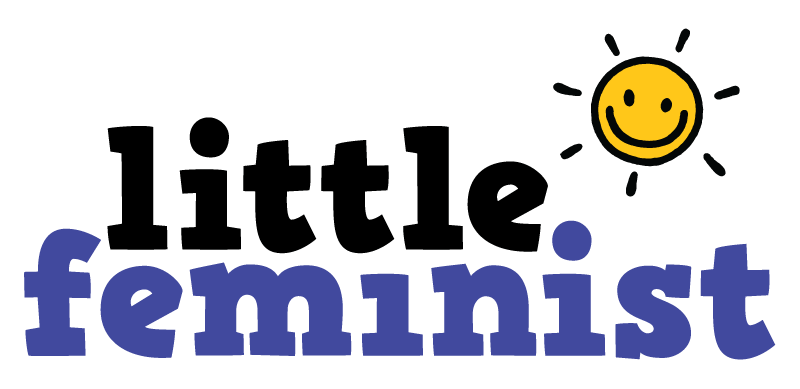

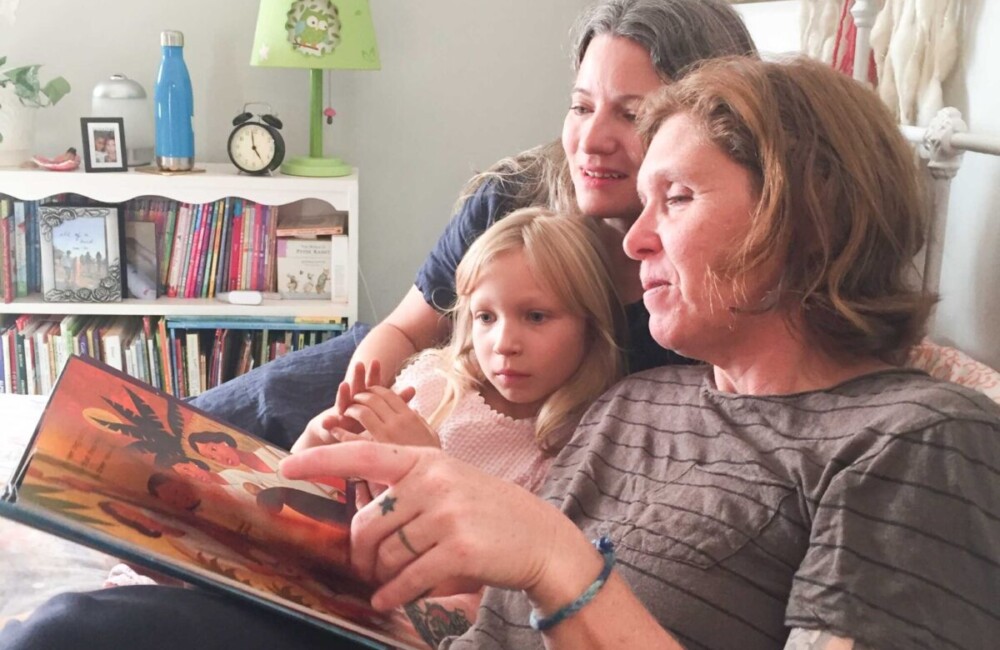

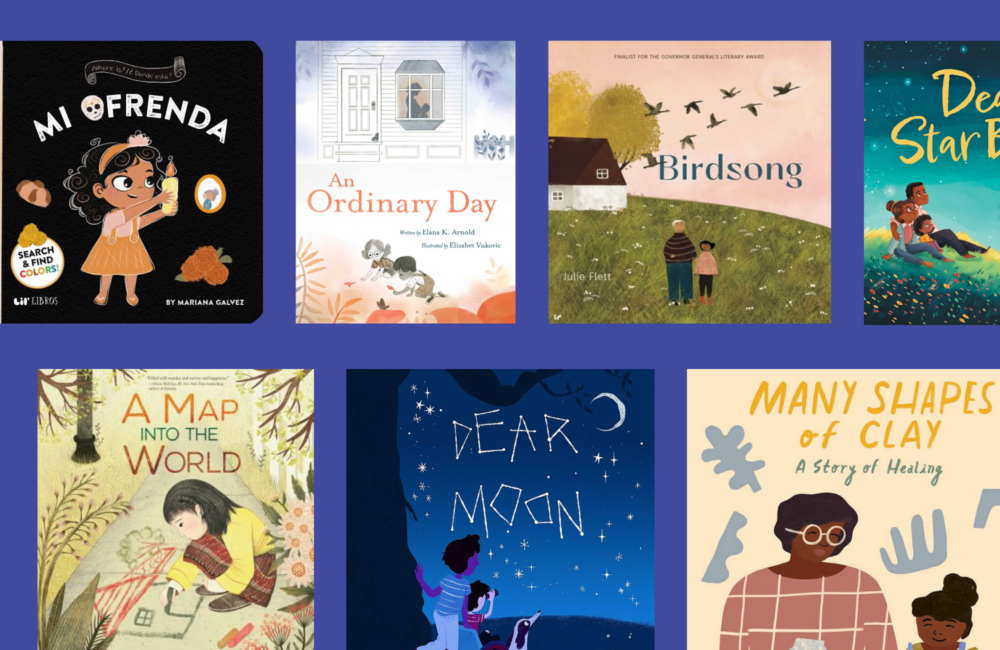
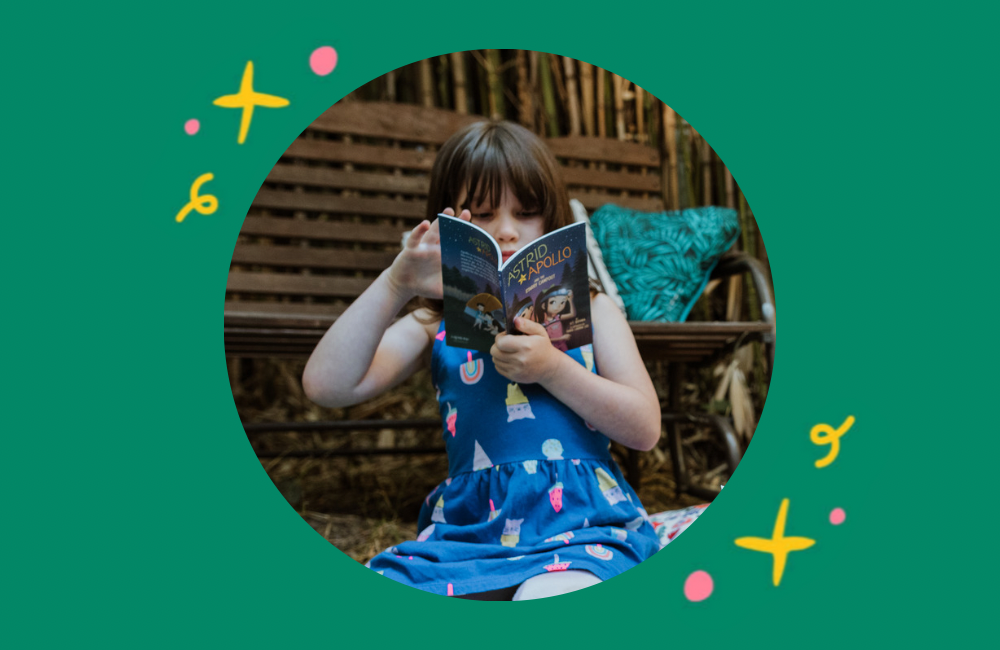
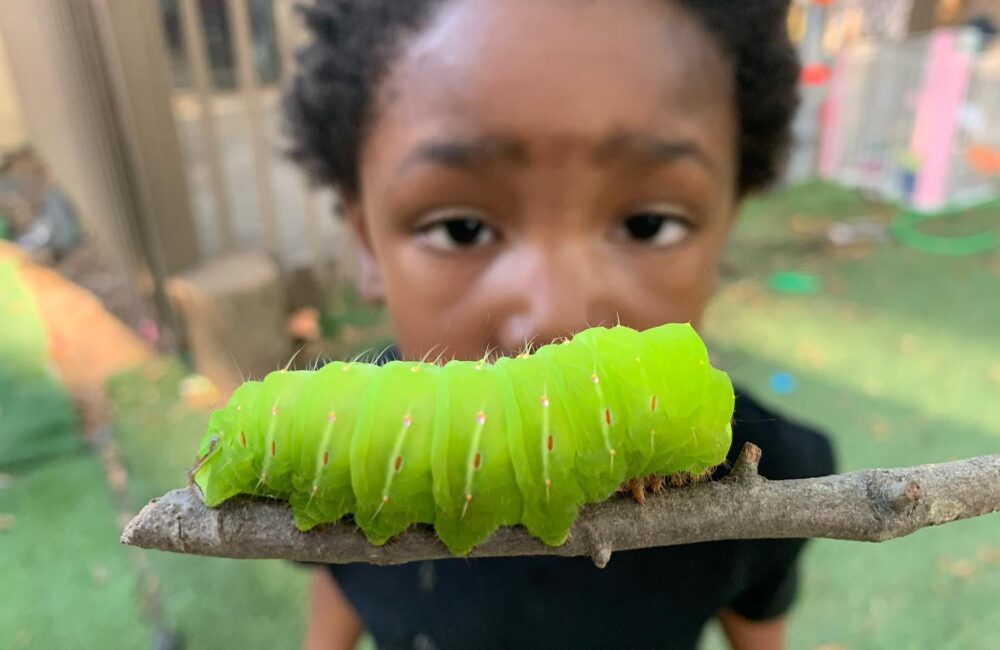
 in Oakland, CA
in Oakland, CA